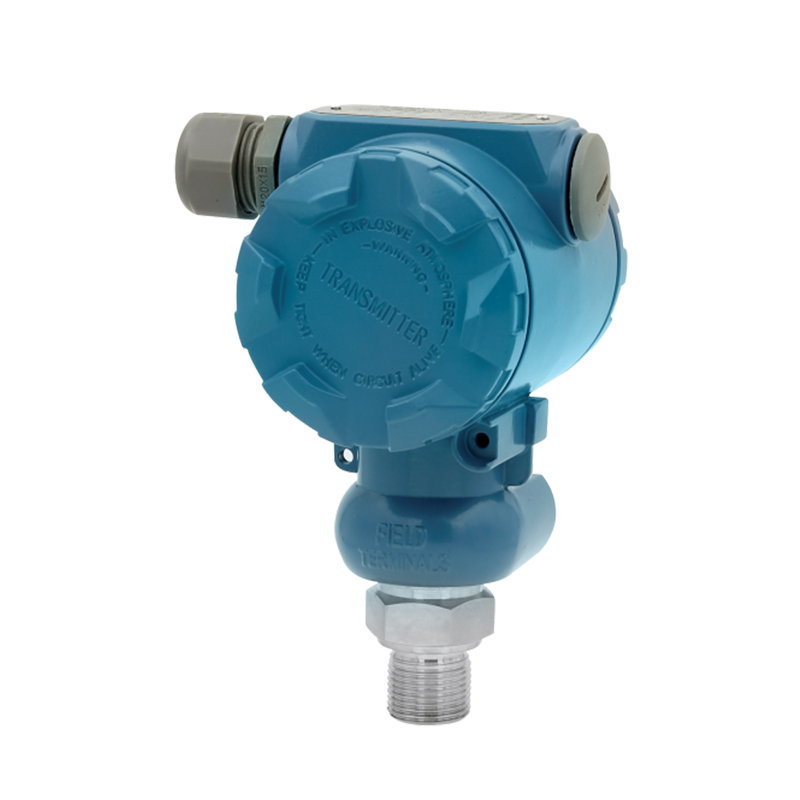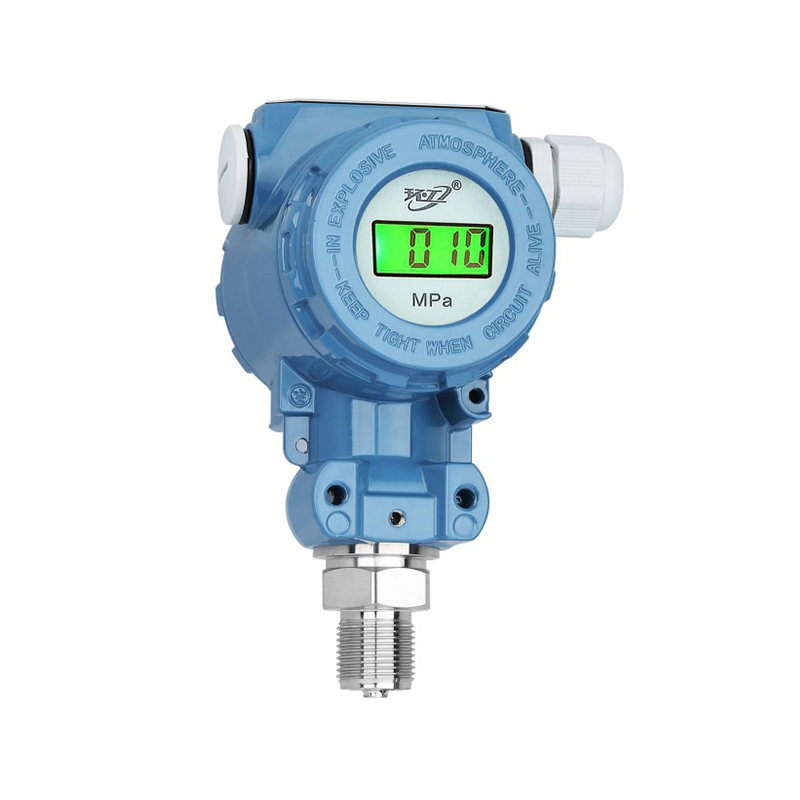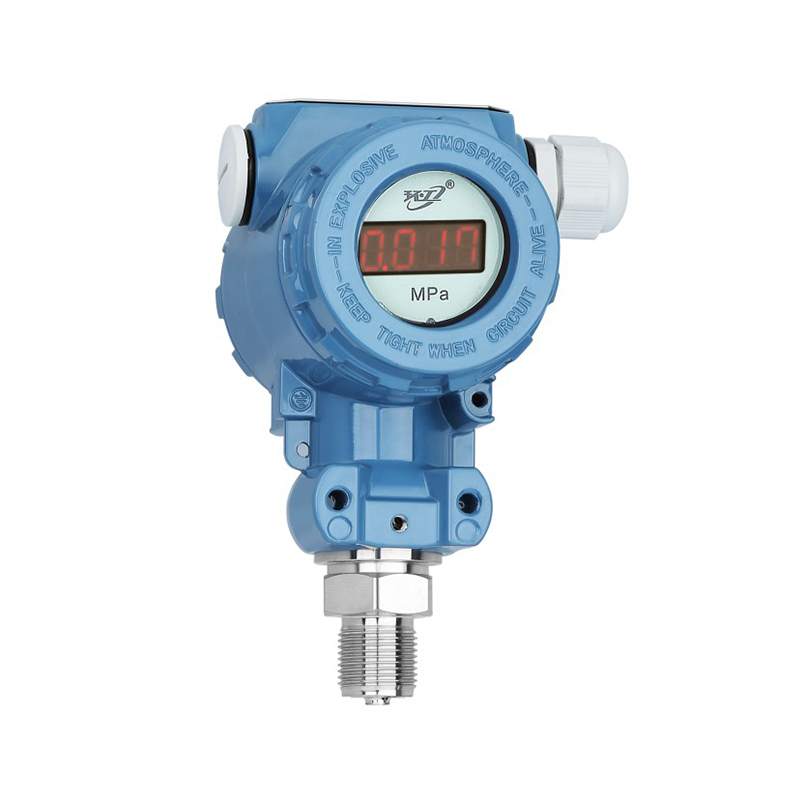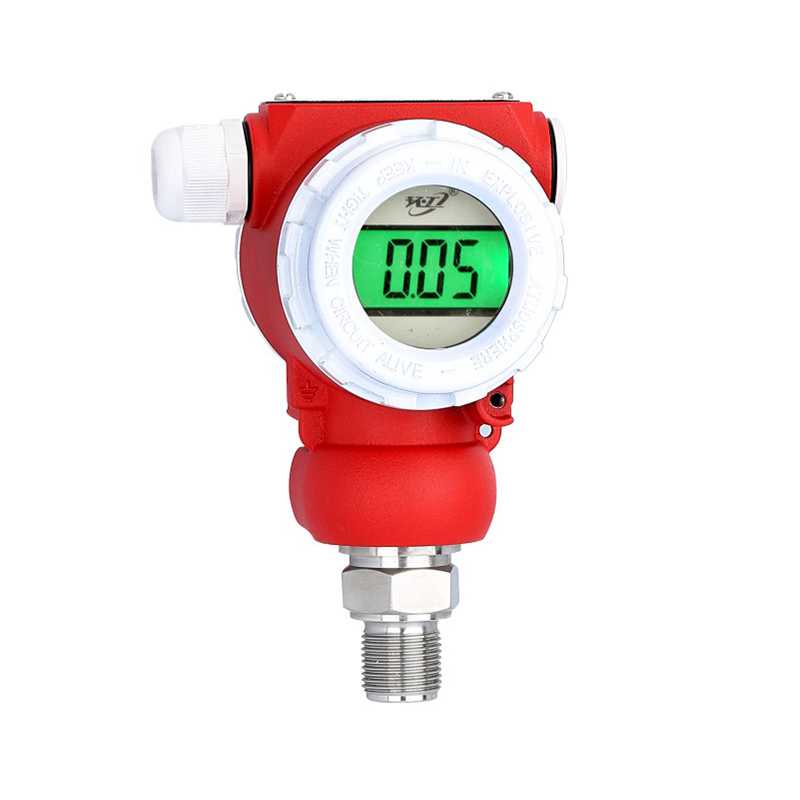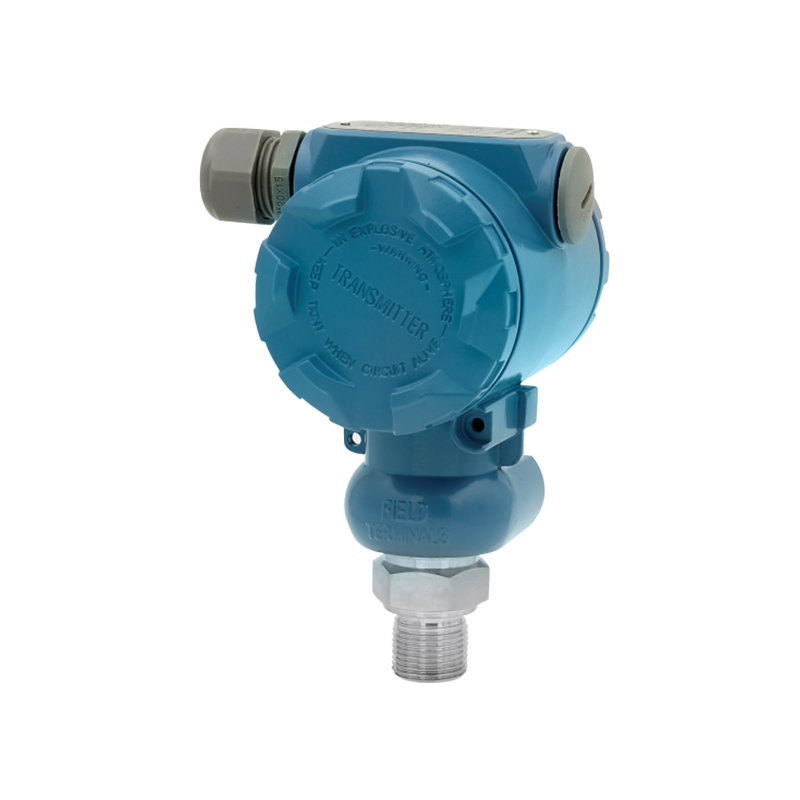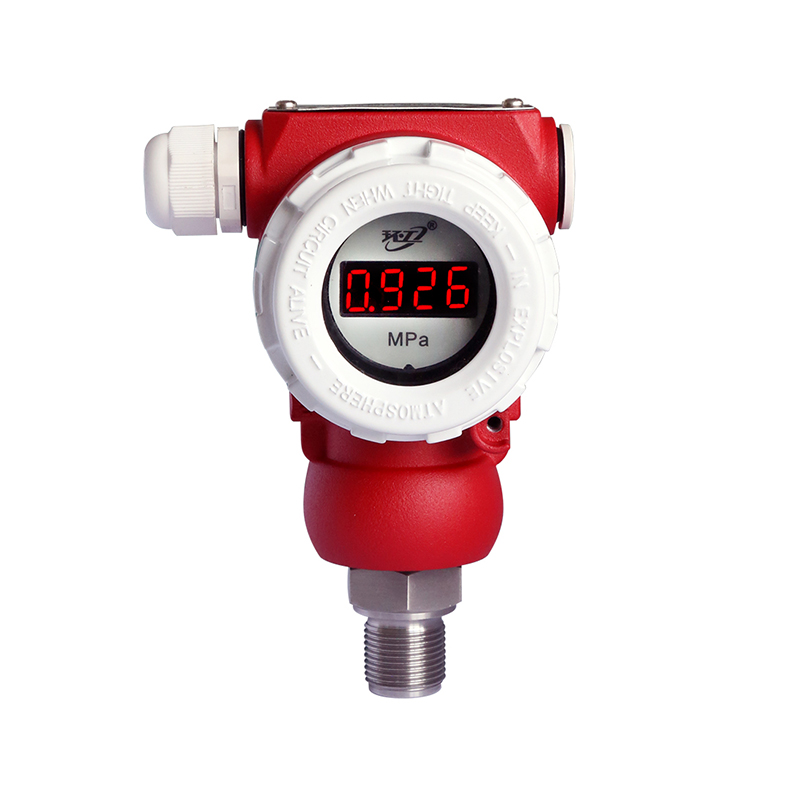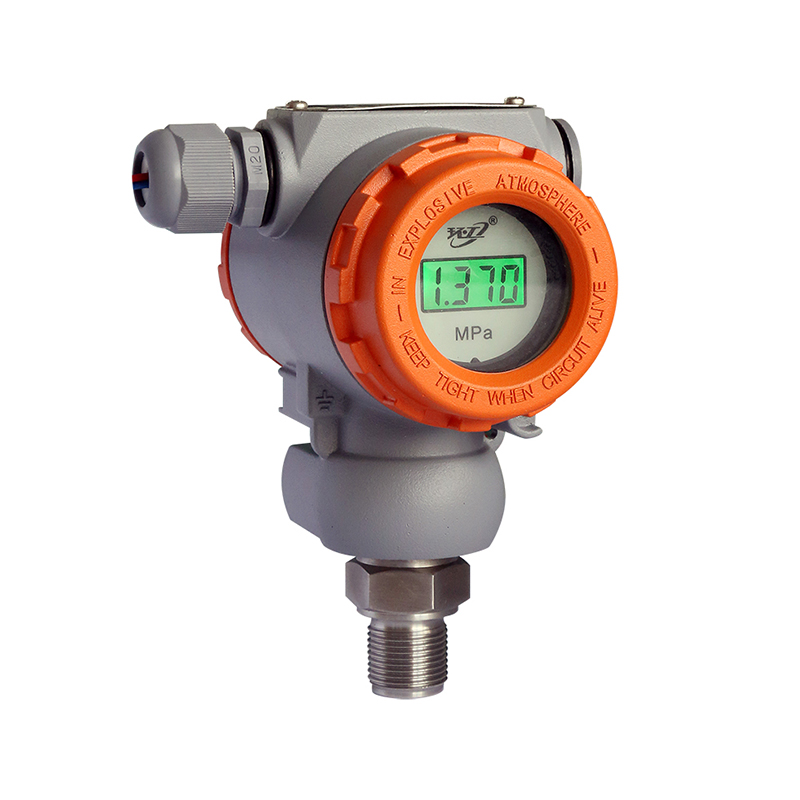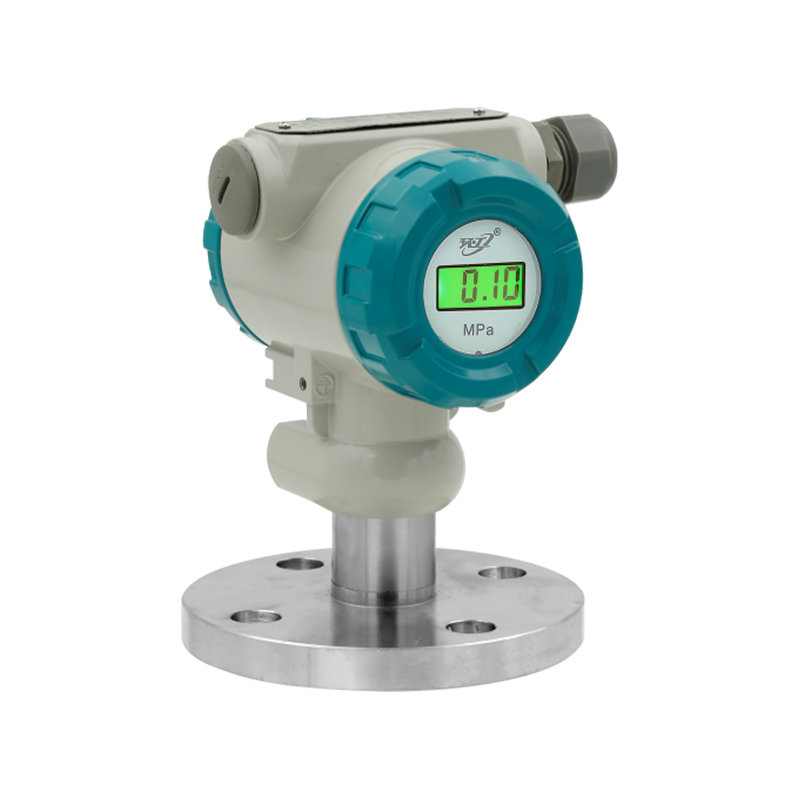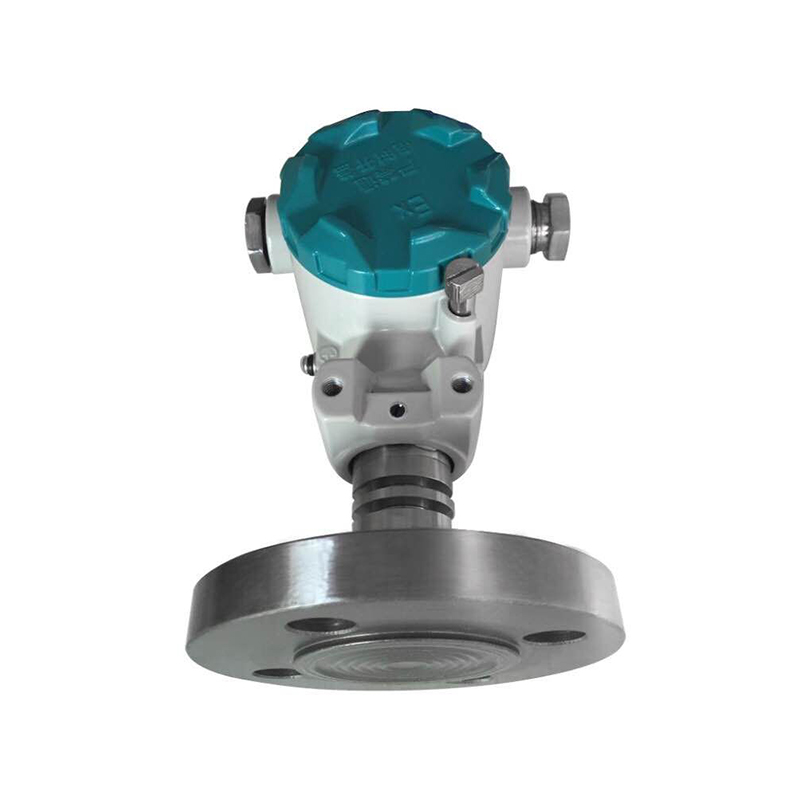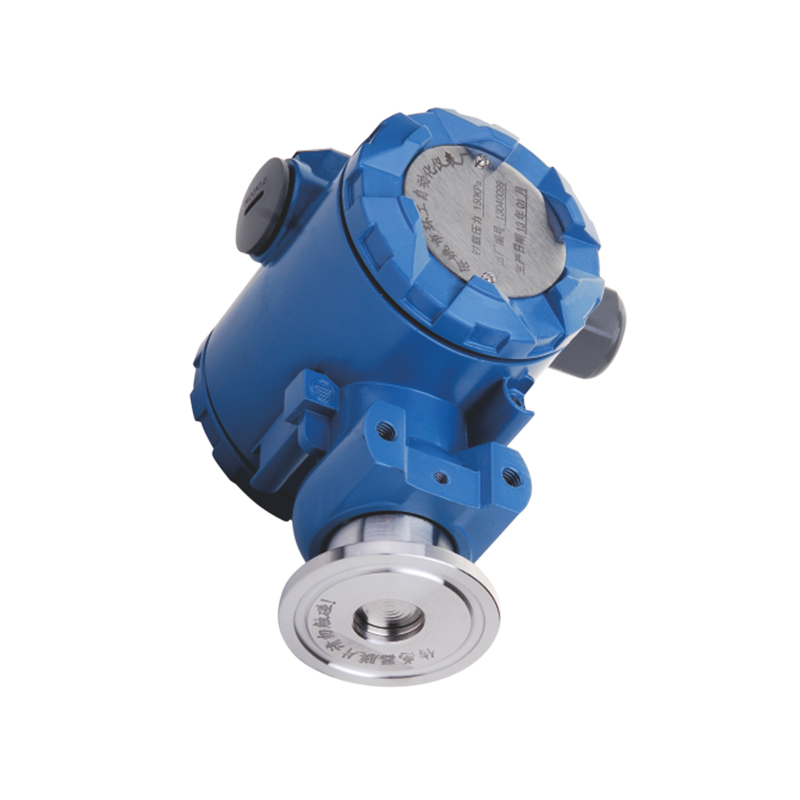Establish Calibration Procedures: Begin by conducting a thorough analysis of the industrial pressure transmitter's specifications, including its measurement range, accuracy requirements, and environmental conditions. Based on this analysis, develop detailed calibration procedures that outline every step of the calibration process. Include specifics such as the calibration method (e.g., deadweight tester, digital pressure calibrator), calibration points, calibration intervals, and acceptance criteria. Document the procedures in a formal calibration manual or standard operating procedure (SOP) to ensure consistency and repeatability.
Regular Calibration Schedule: Establish a proactive calibration schedule based on a risk-based approach that considers factors such as the criticality of the pressure measurement, regulatory requirements, industry standards, and historical performance data. Develop a calibration matrix that identifies the frequency of calibration for each pressure transmitter based on these factors. Review and adjust the calibration schedule as needed in response to changes in process conditions, equipment performance, or regulatory requirements.
Record Keeping: Implement a robust record-keeping system to track all calibration activities and maintain comprehensive calibration records. Utilize electronic calibration management software or calibration logbooks to document details such as calibration dates, calibration results, equipment used, calibration procedures followed, and personnel involved. Retain calibration records for the entire lifecycle of the pressure transmitter to facilitate traceability, quality assurance audits, and compliance with regulatory requirements.
Perform Functional Tests: In addition to traditional calibration procedures, incorporate functional tests into the calibration process to verify the overall performance and functionality of the pressure transmitter. Functional tests may include checks of zero and span stability, response time, hysteresis, linearity, and repeatability. Conduct these tests under simulated operating conditions representative of the application environment to ensure that the pressure transmitter meets performance requirements across its entire operating range.
Environmental Considerations: Recognize the impact of environmental factors on pressure transmitter performance and incorporate environmental considerations into calibration procedures. Specify environmental conditions such as temperature, humidity, atmospheric pressure, and vibration levels during calibration to mimic the operating environment as closely as possible. Consider conducting calibration in a controlled environment chamber or utilizing temperature and humidity compensation techniques to minimize environmental influences on calibration accuracy.
Routine Inspection: Implement a regular inspection program to assess the physical condition of pressure transmitters and identify any signs of wear, damage, or degradation. Inspect external components such as pressure ports, seals, connectors, and mounting hardware for corrosion, contamination, or mechanical damage. Use magnification tools, visual inspection techniques, and non-destructive testing methods such as ultrasonic inspection or dye penetrant testing to detect hidden defects or anomalies that may affect performance.
Cleaning and Protection: Develop cleaning and protection procedures to maintain the cleanliness and integrity of pressure transmitters during calibration and operation. Use appropriate cleaning agents, solvents, and techniques to remove dirt, oil, grease, or other contaminants from the transmitter's exterior surfaces without damaging sensitive components or affecting calibration accuracy. Implement protective measures such as dust covers, protective enclosures, or environmental seals to shield pressure transmitters from exposure to harsh environmental conditions, moisture, chemicals, or physical damage.
PB8101CNM pressure transmitters
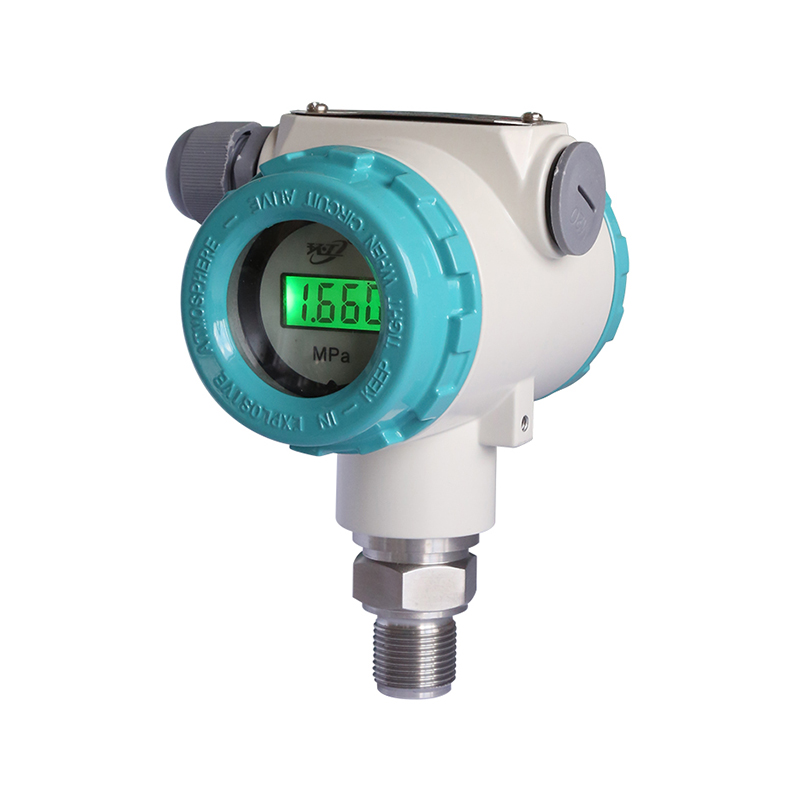


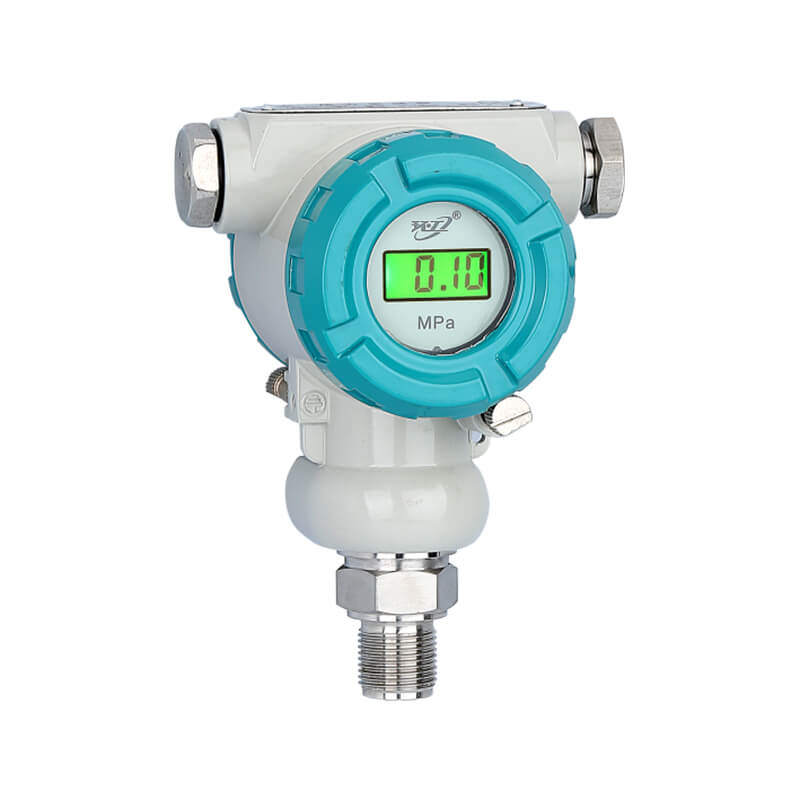
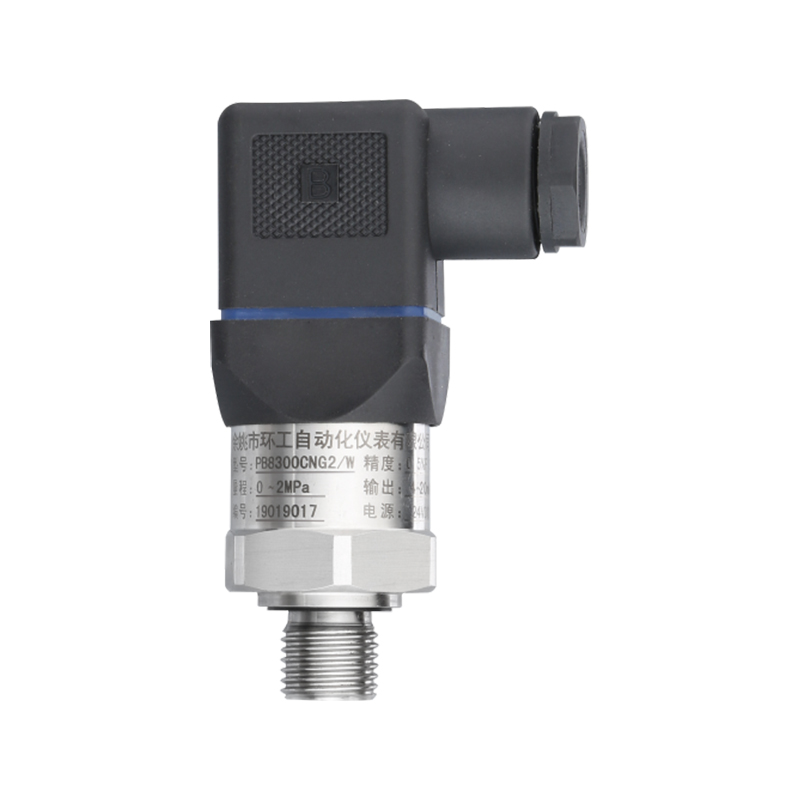
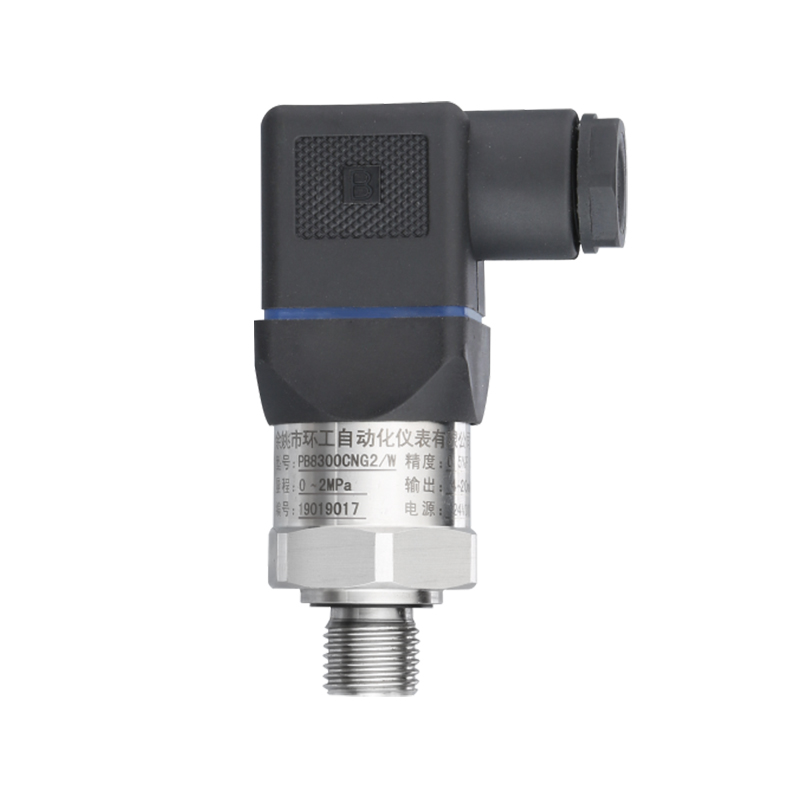
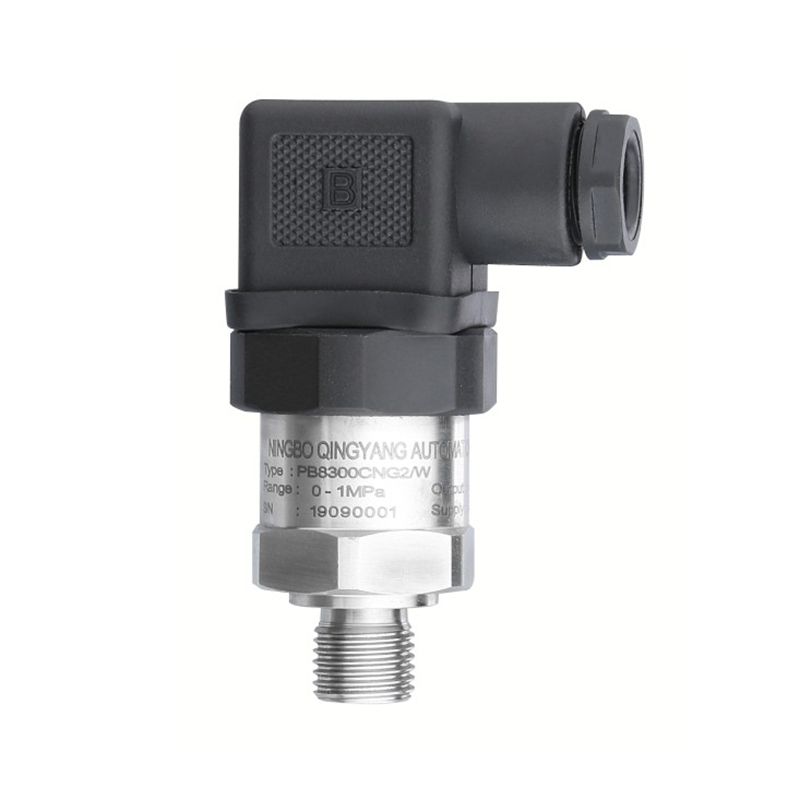
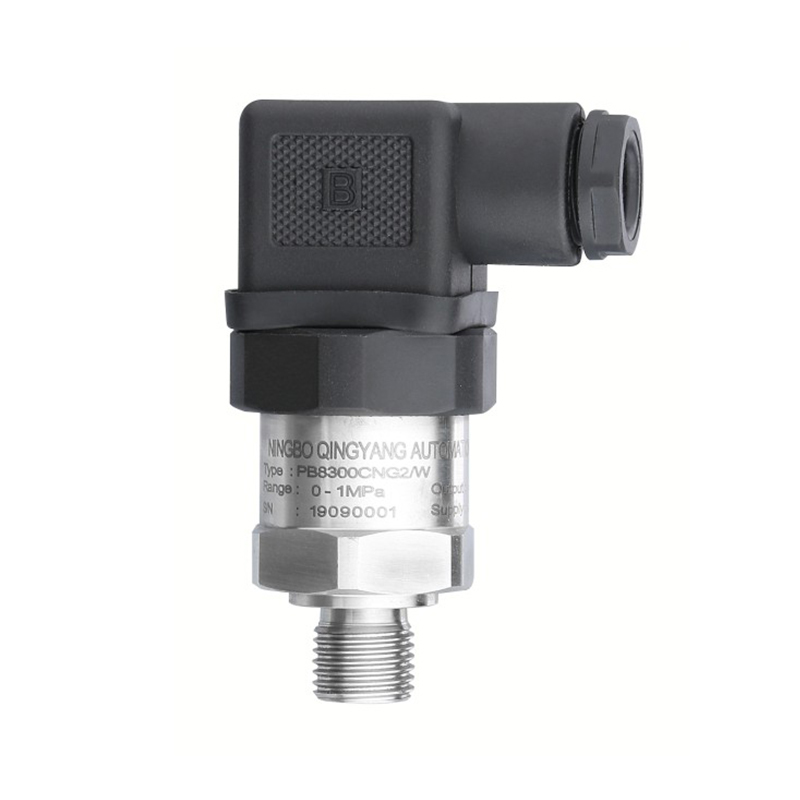
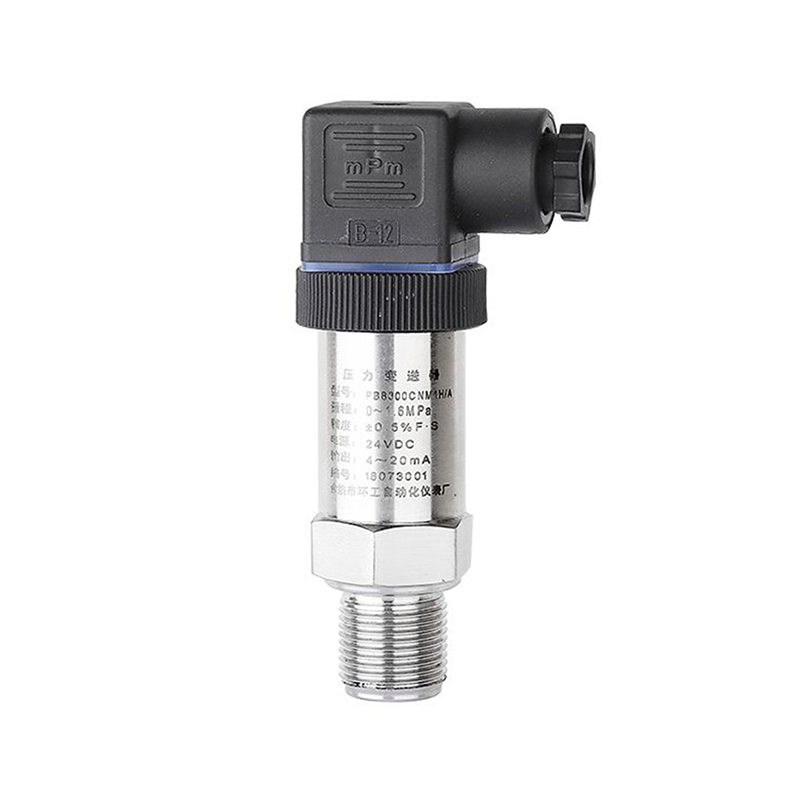
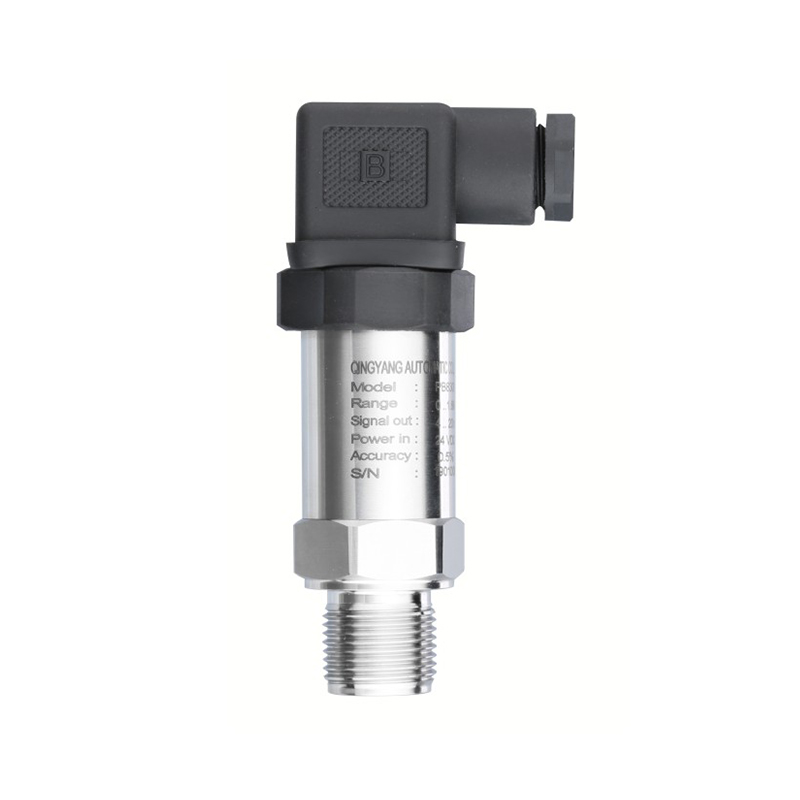
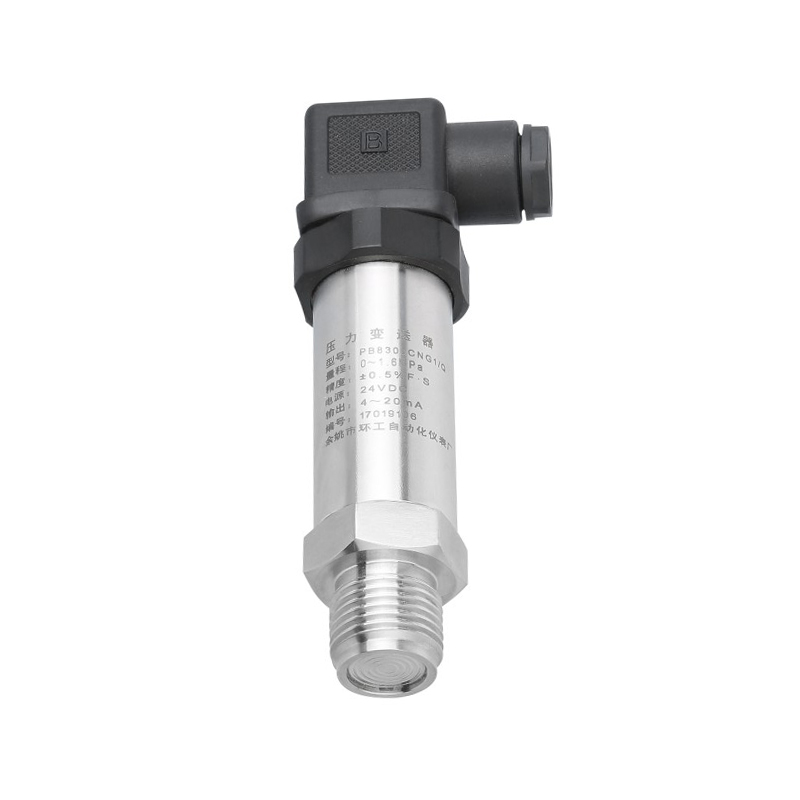
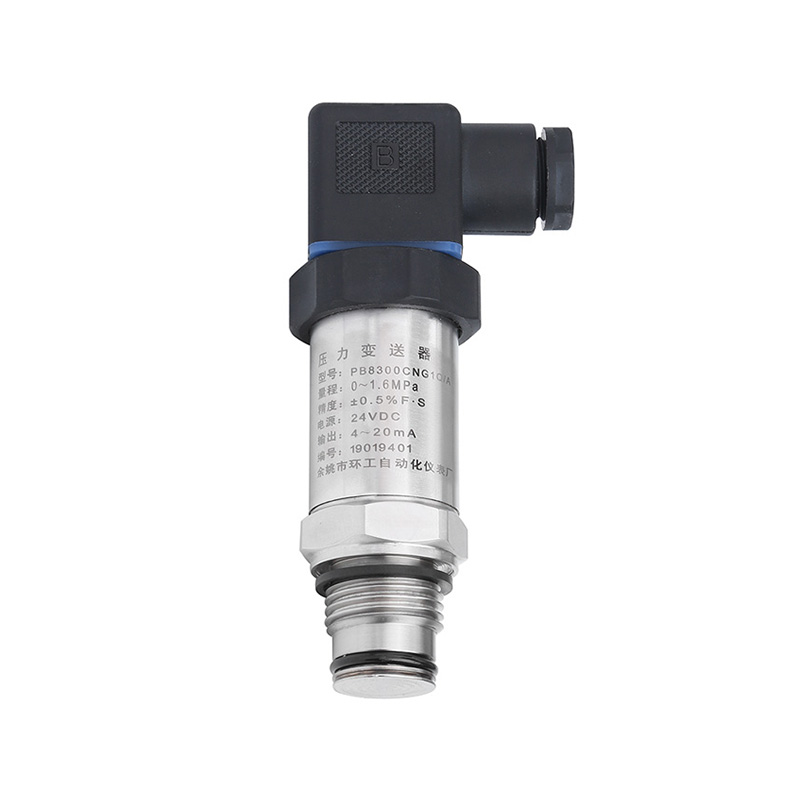
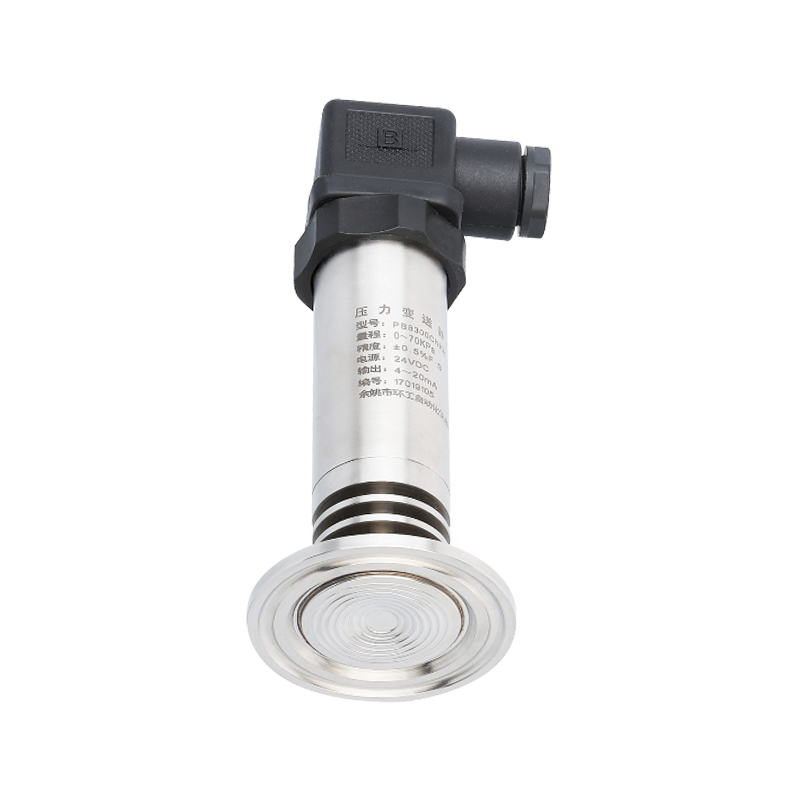
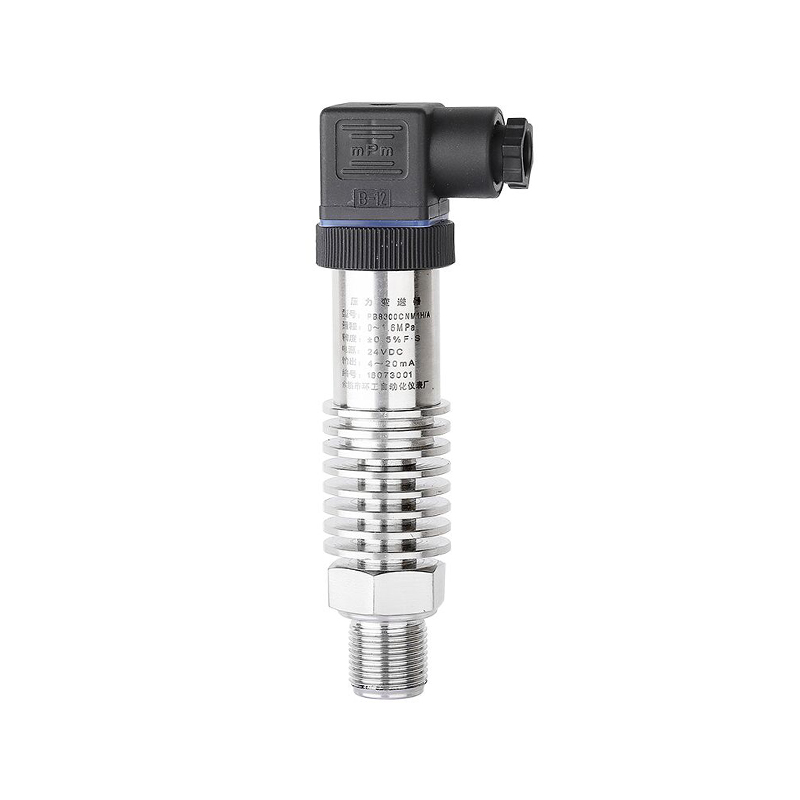
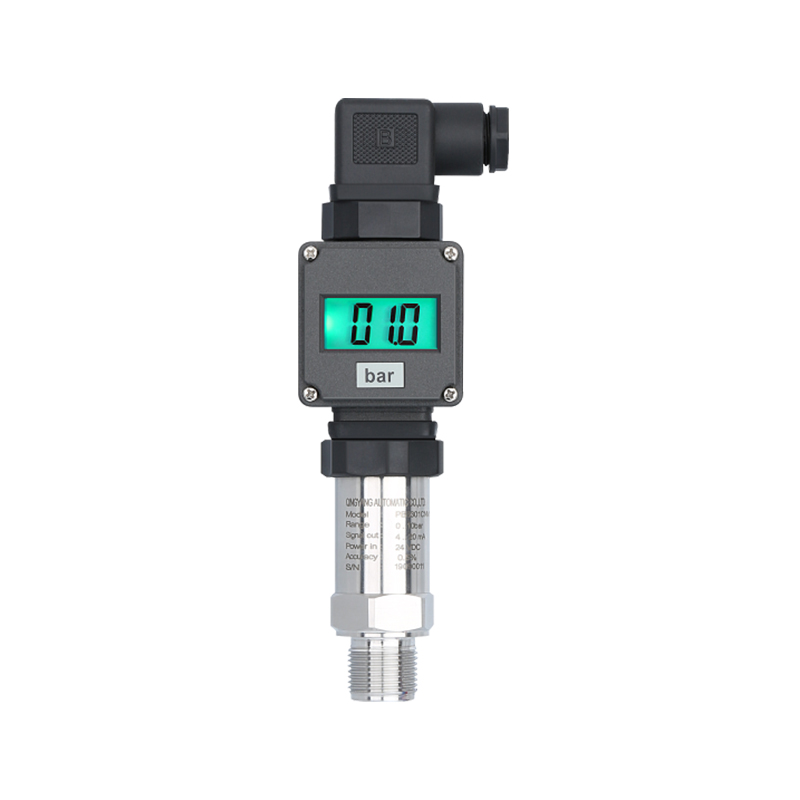
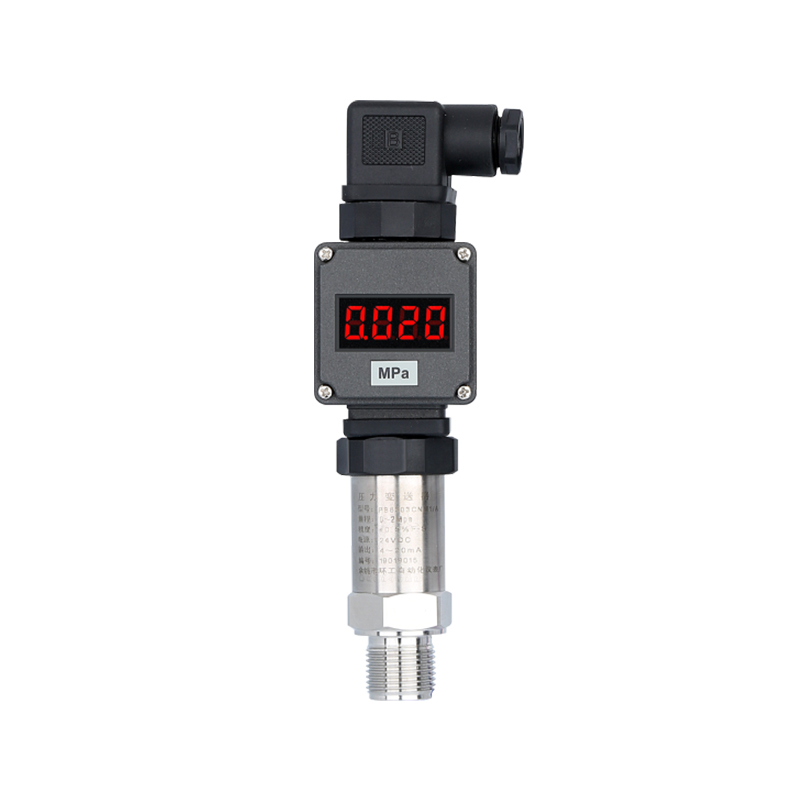
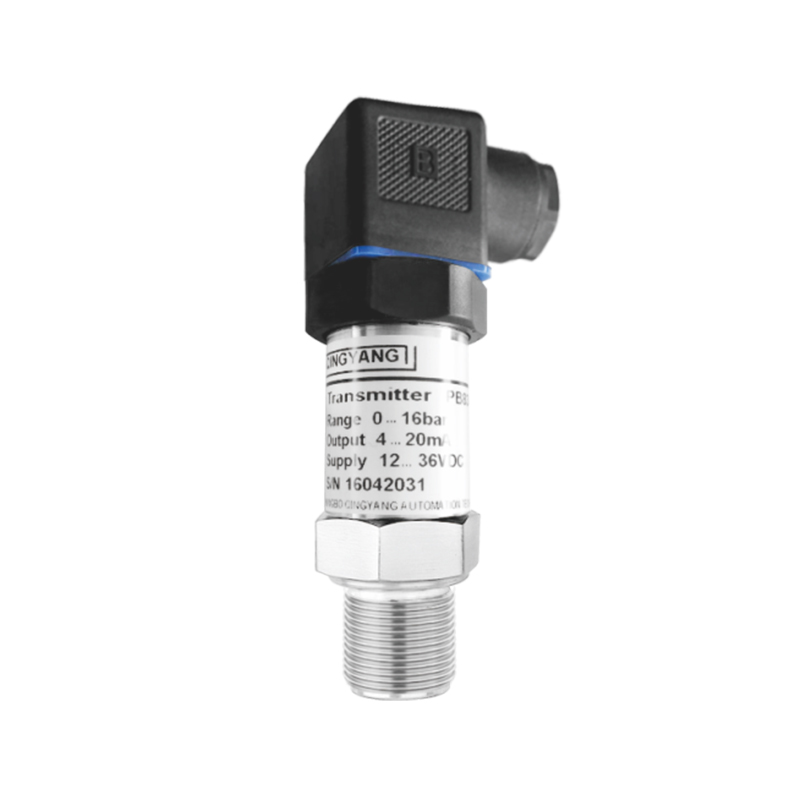
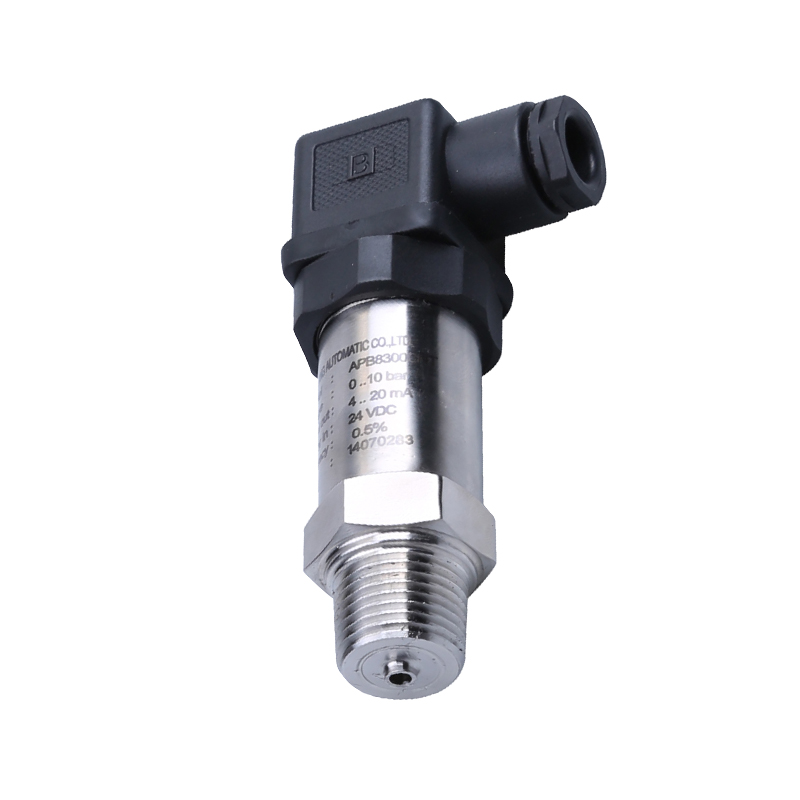
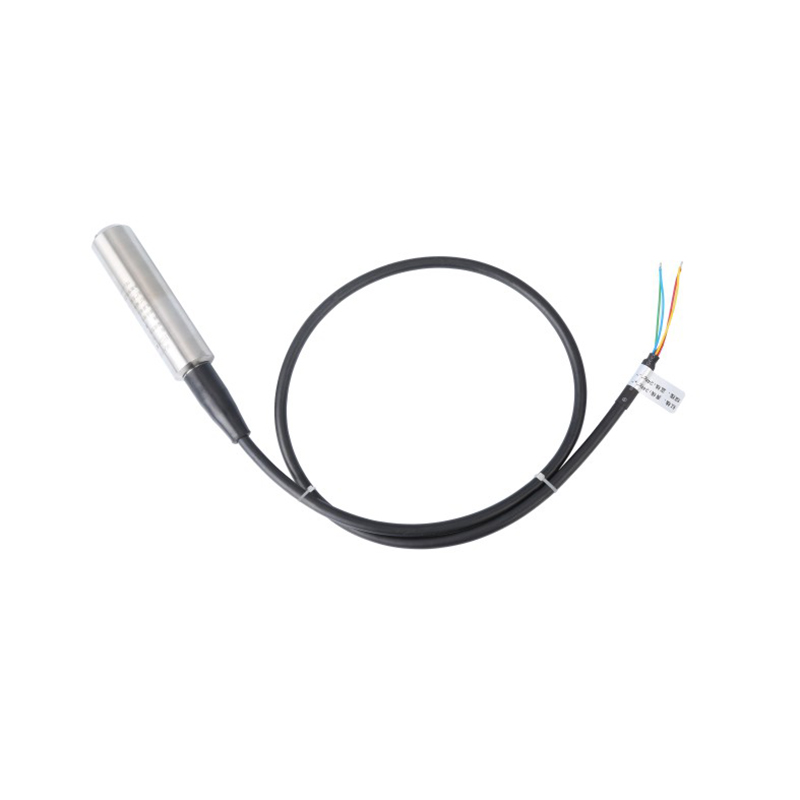
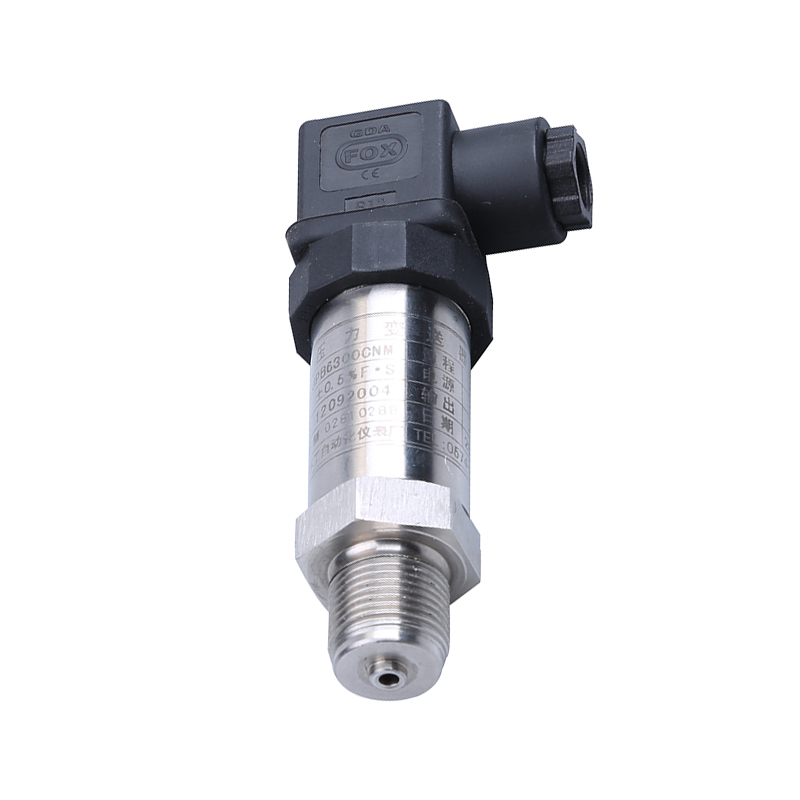
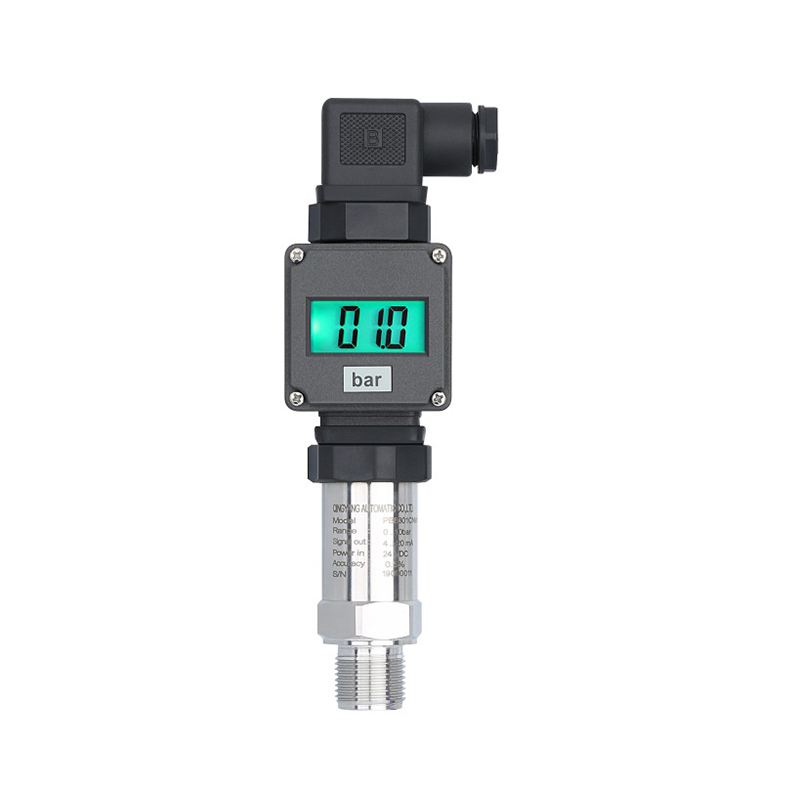
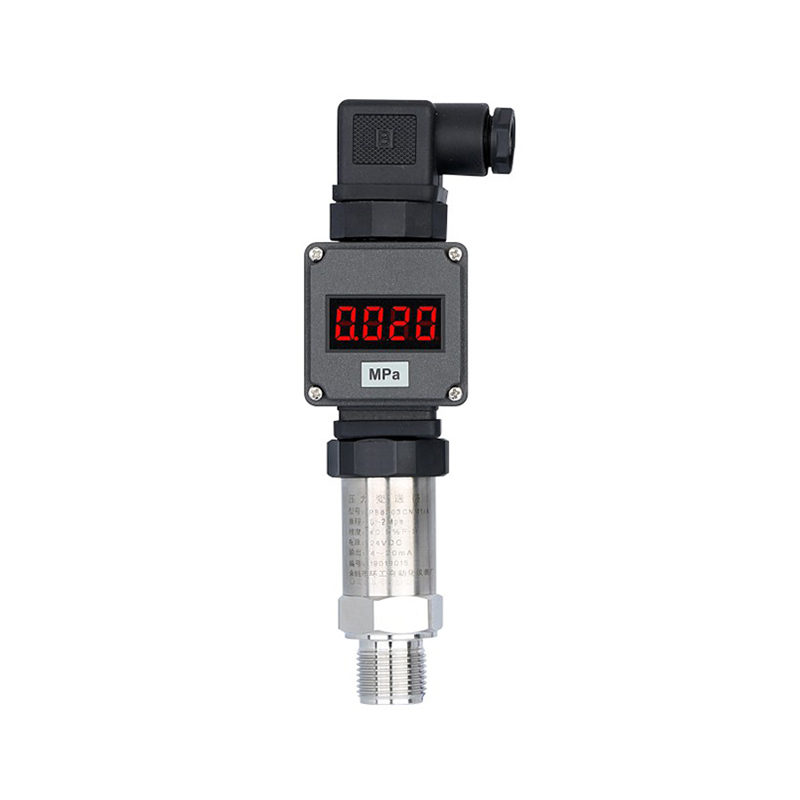
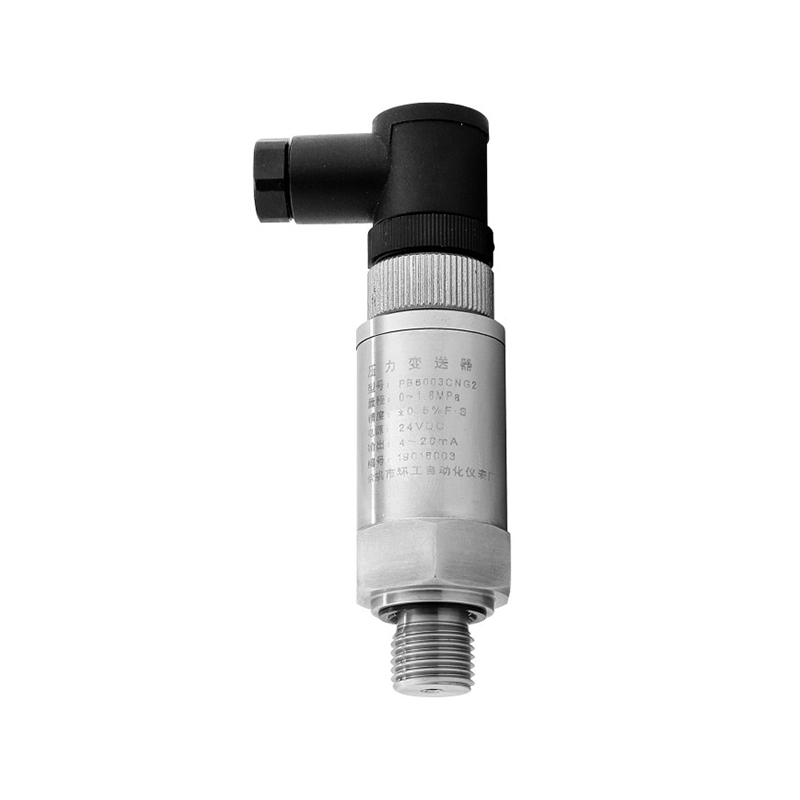

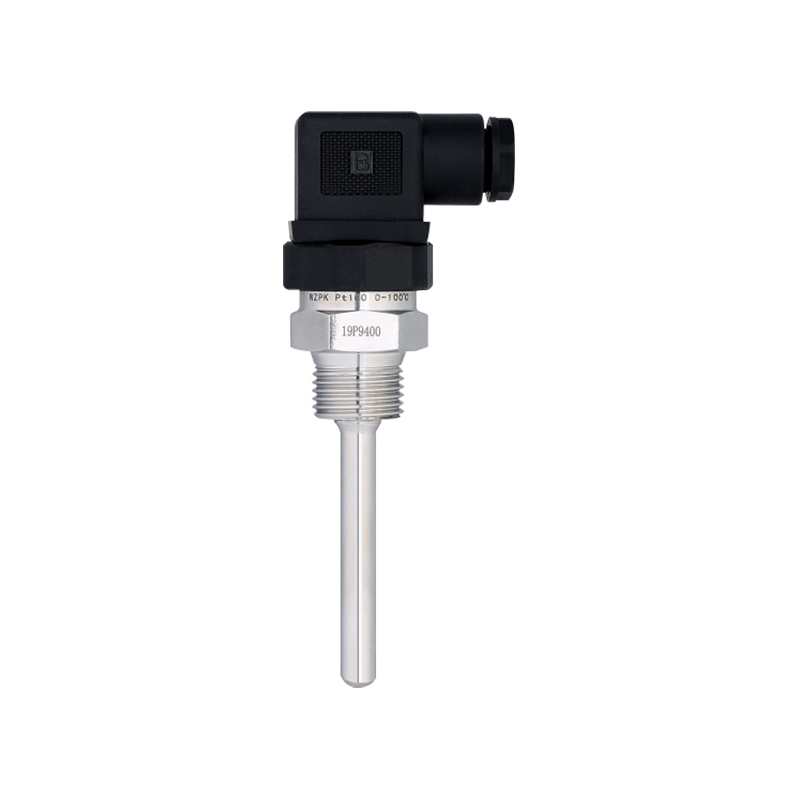
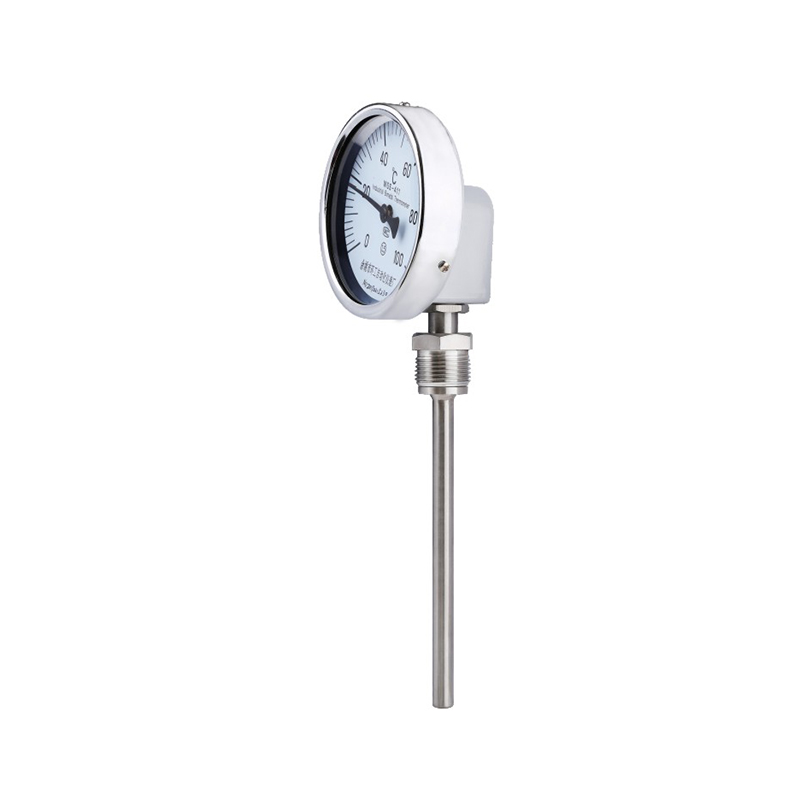
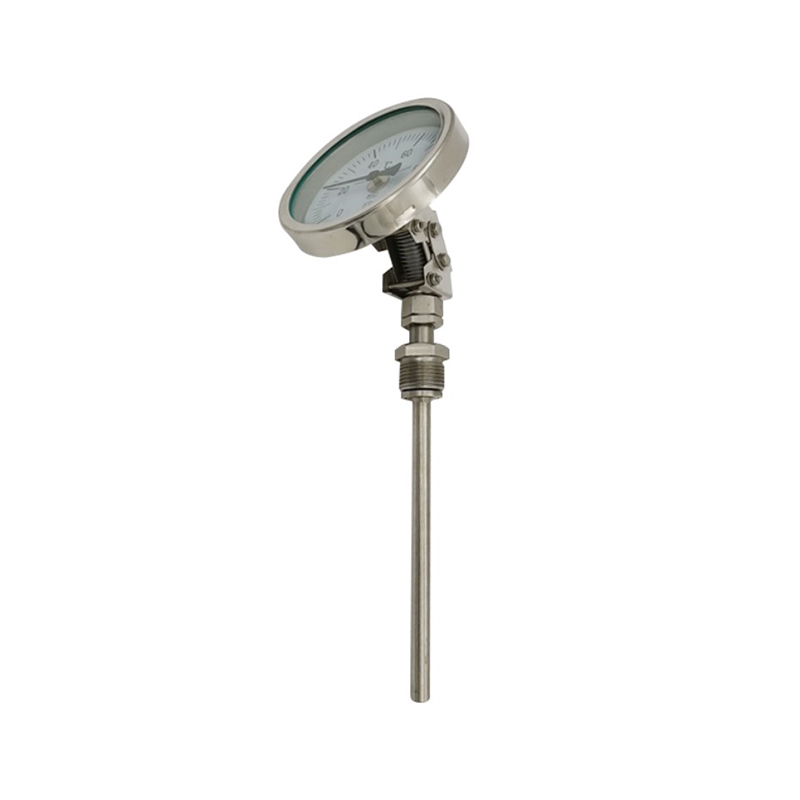
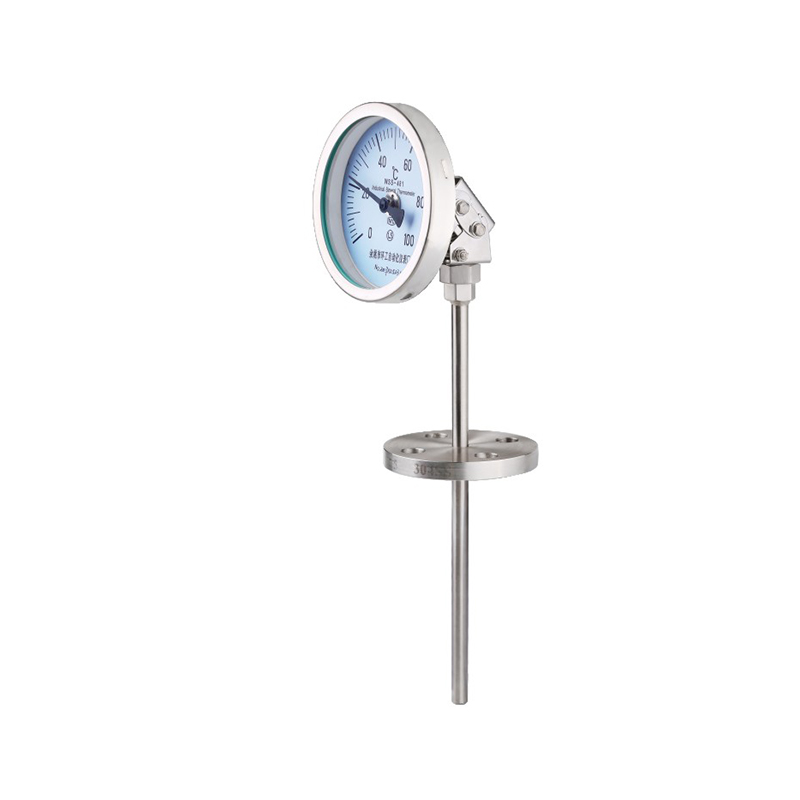
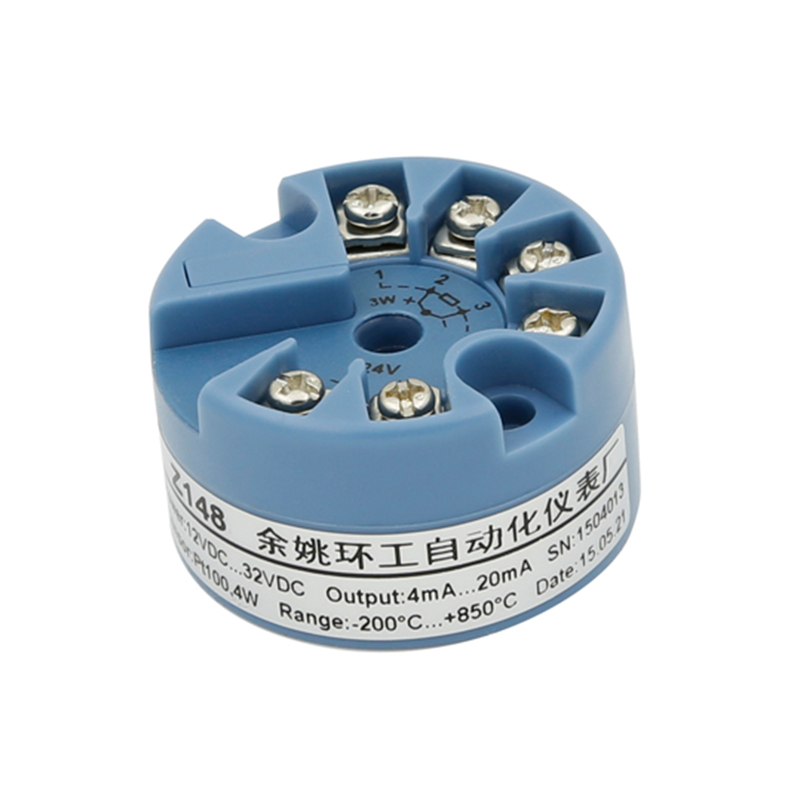
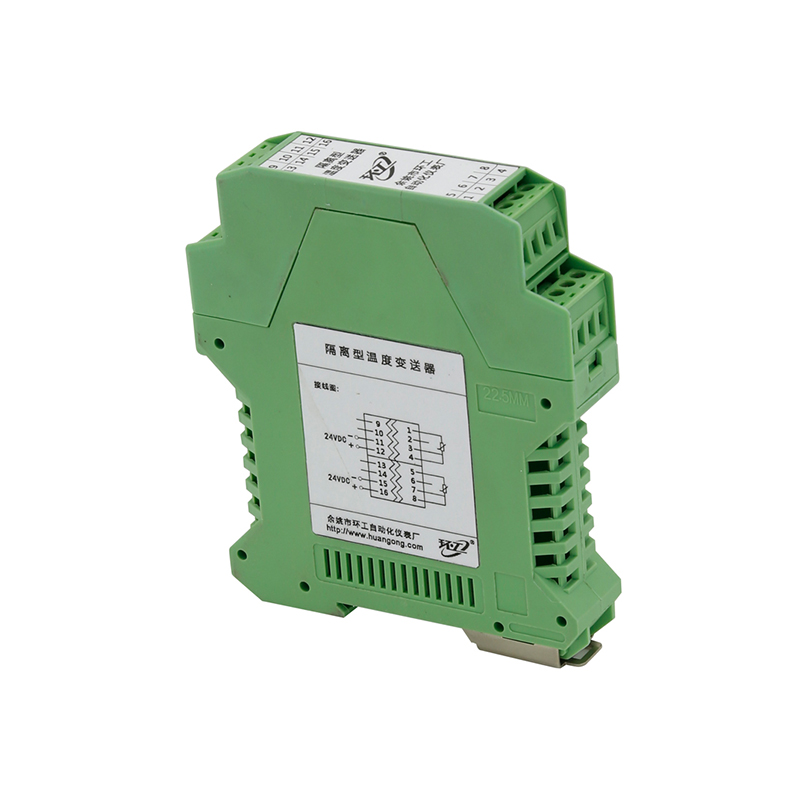
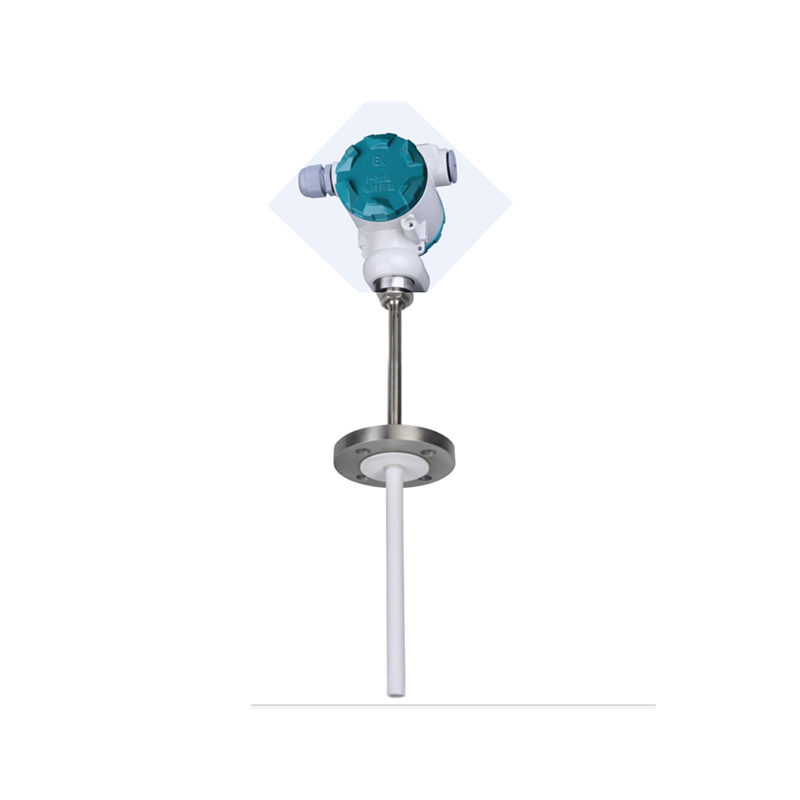












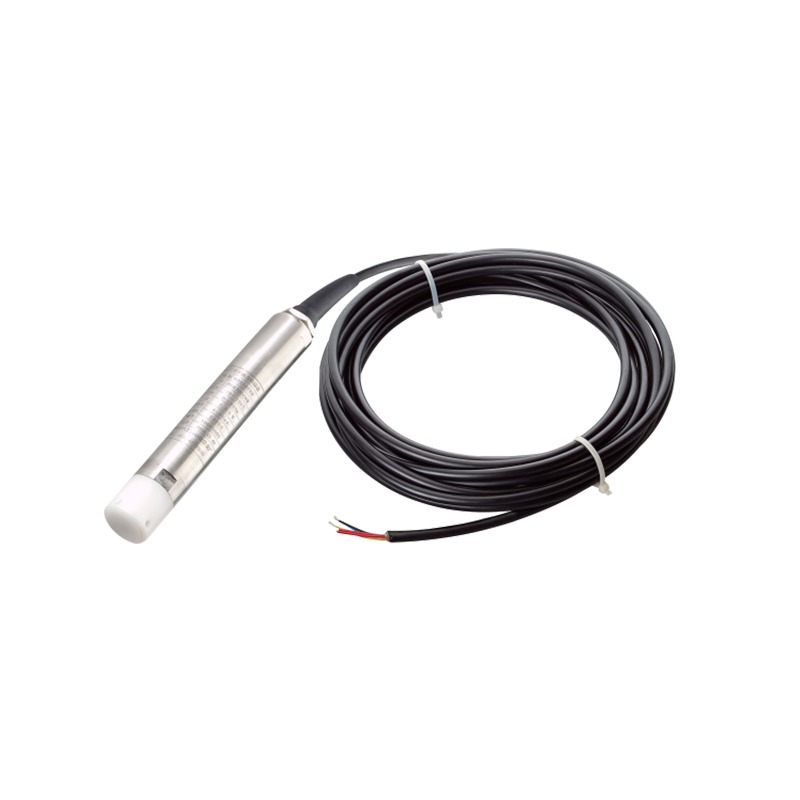
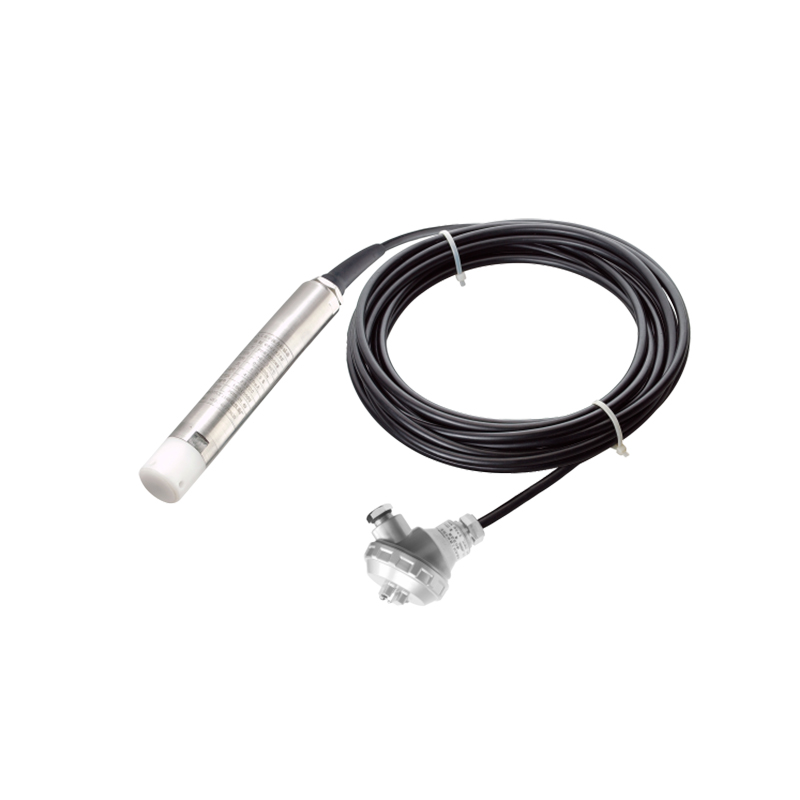










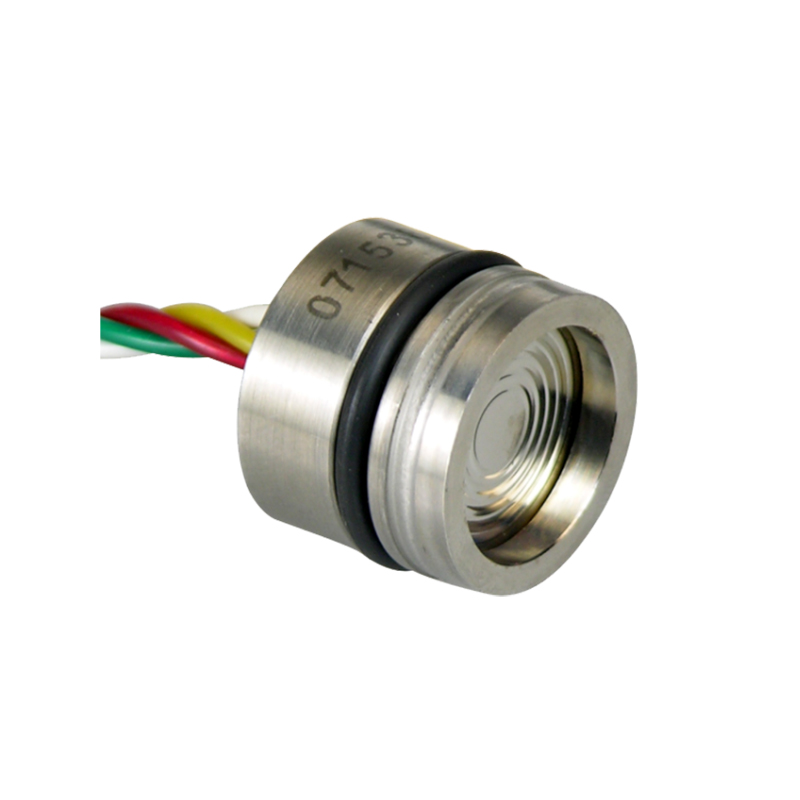
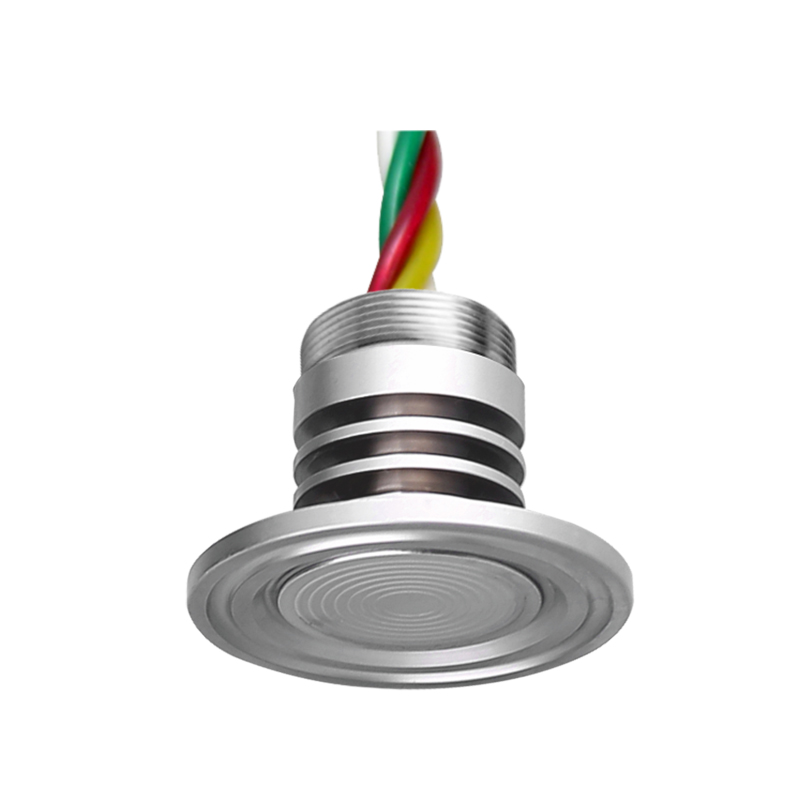
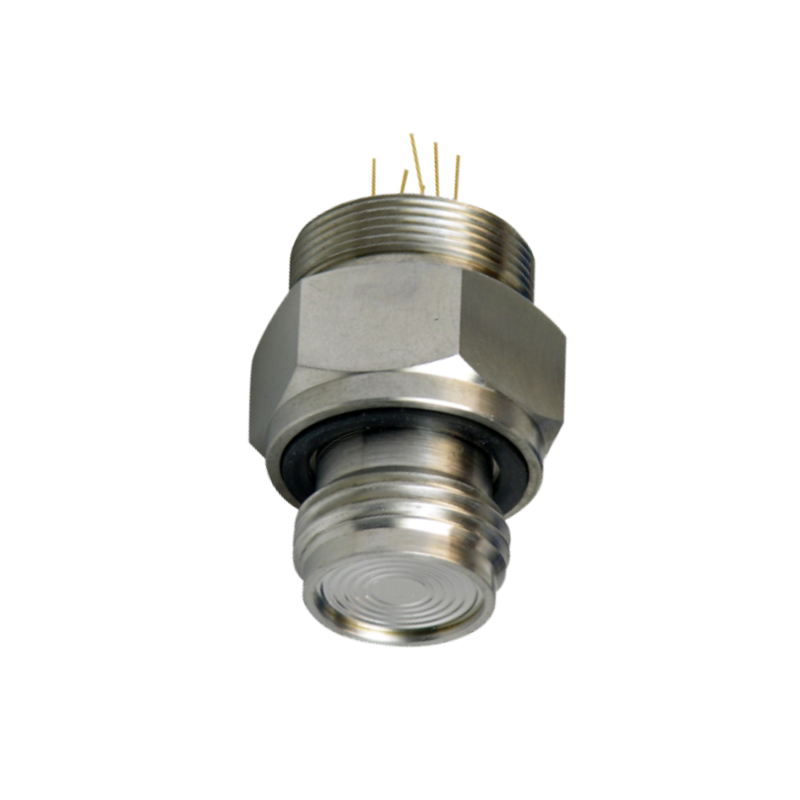
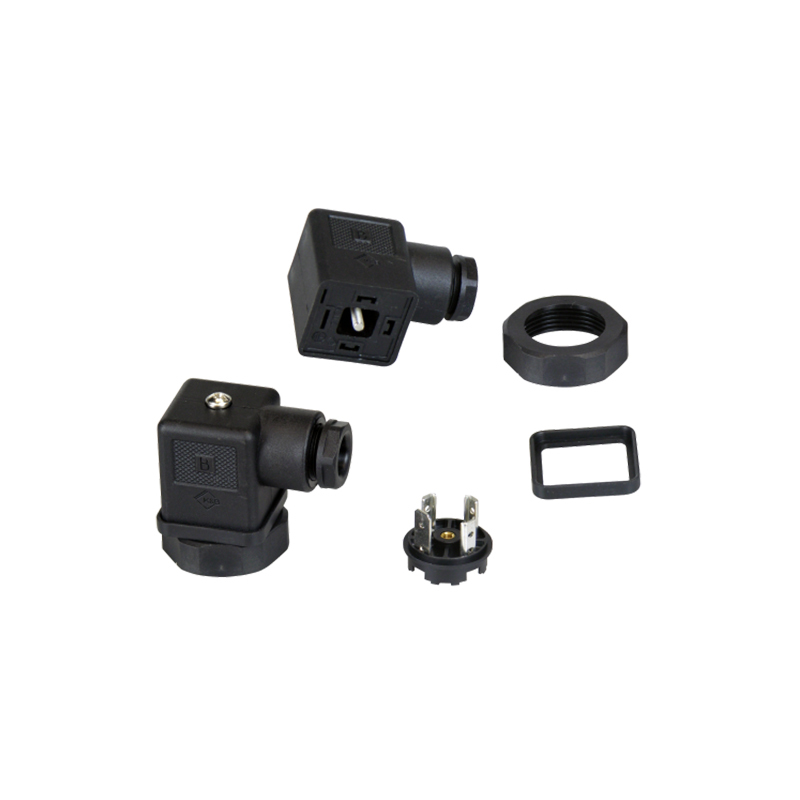
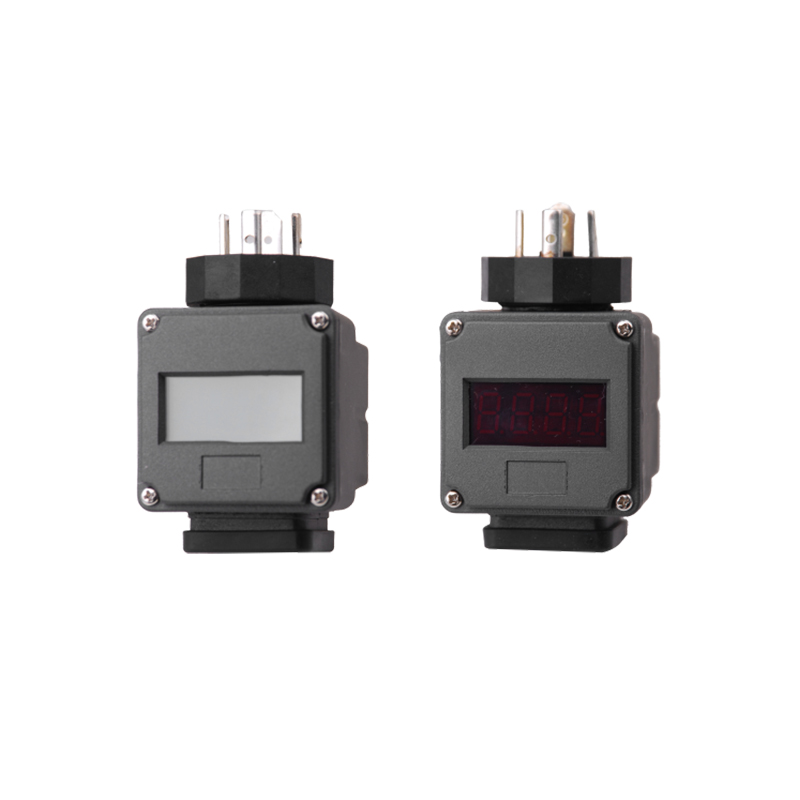
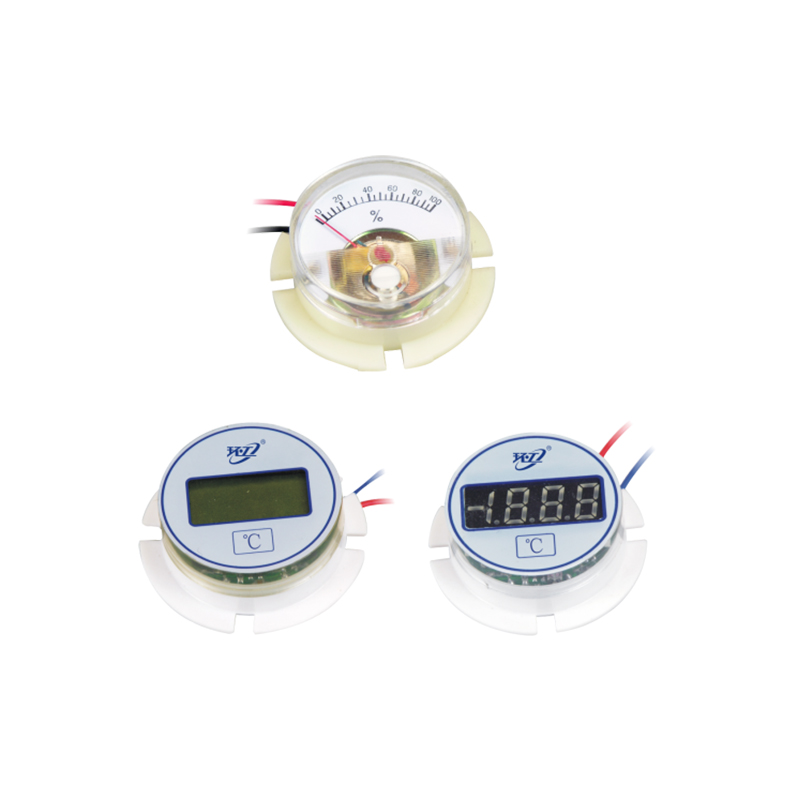
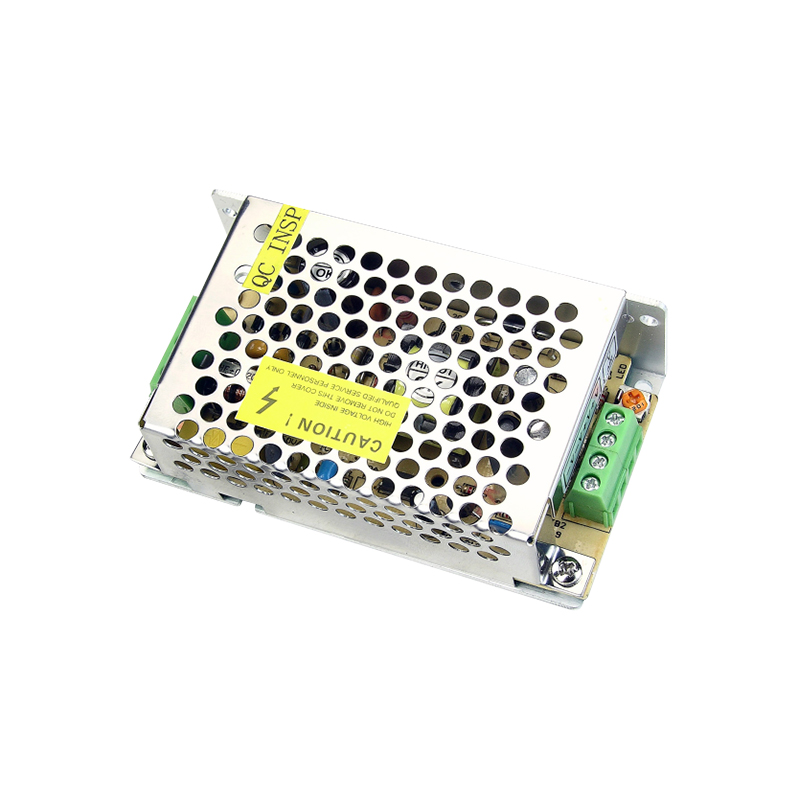
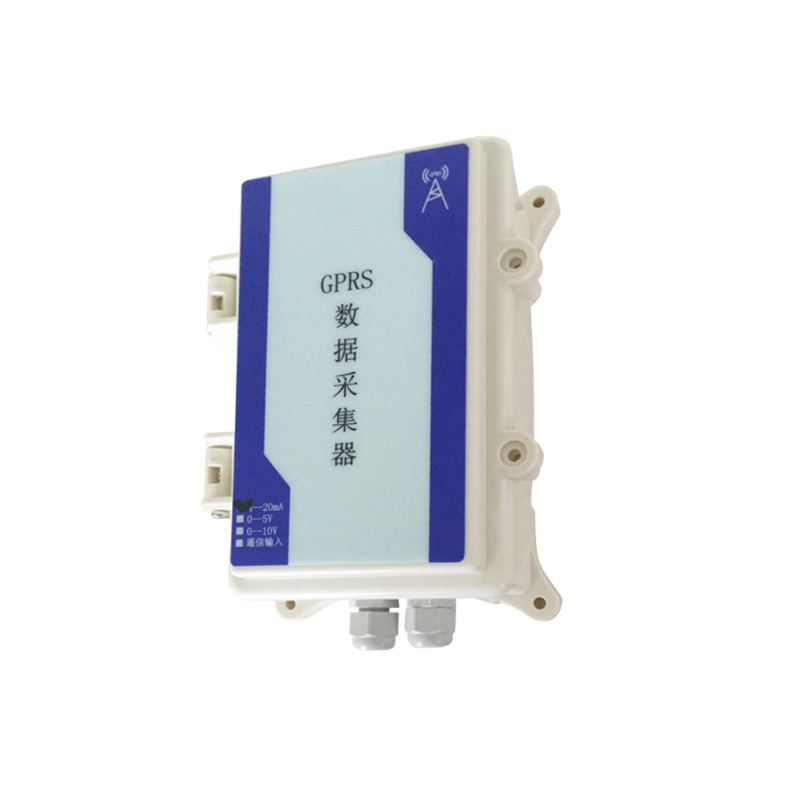
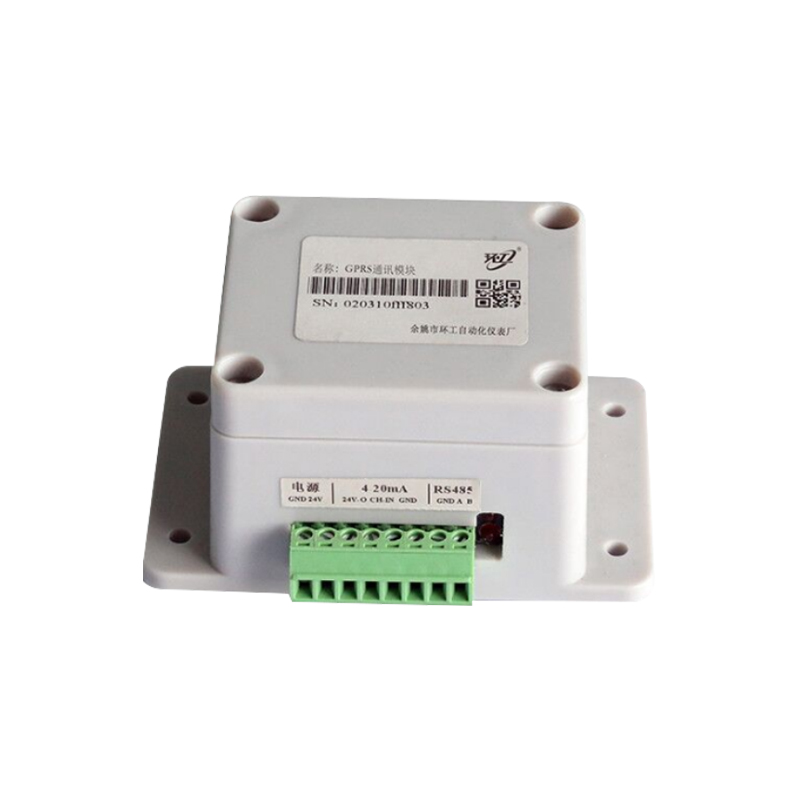


 English
English русский
русский